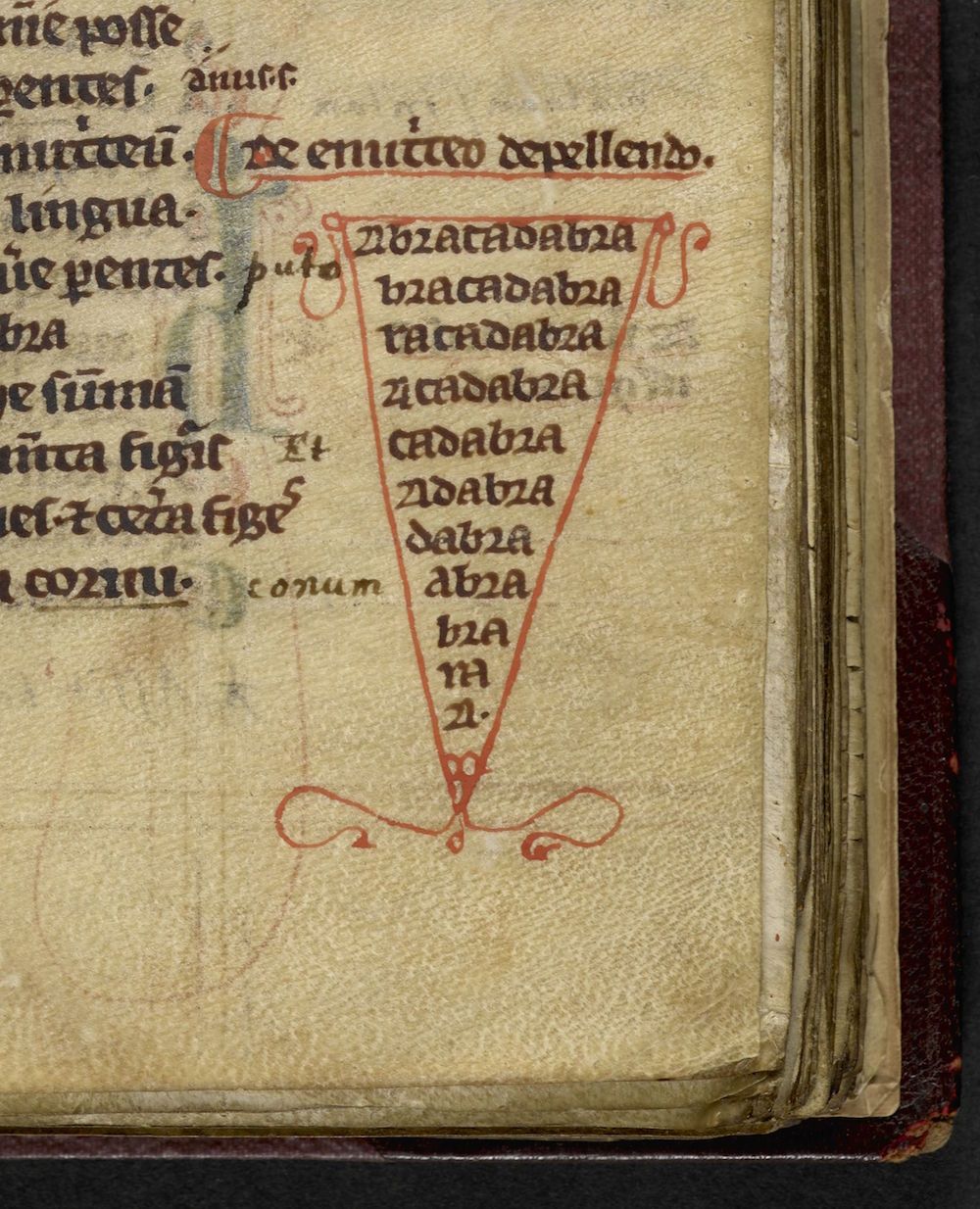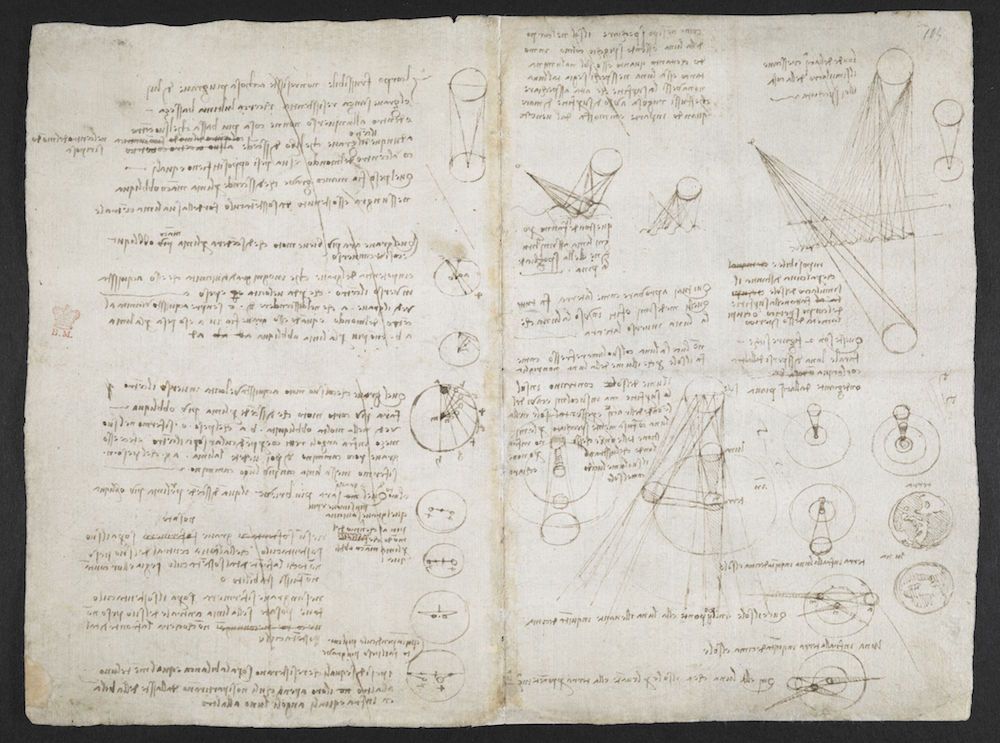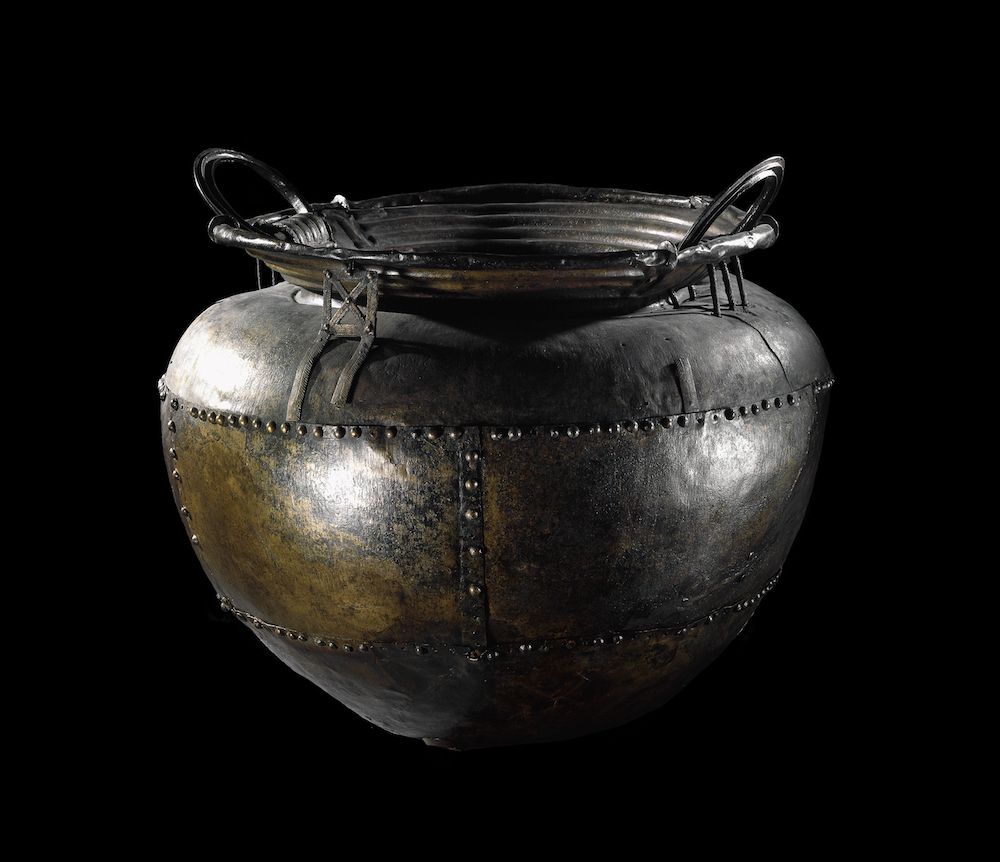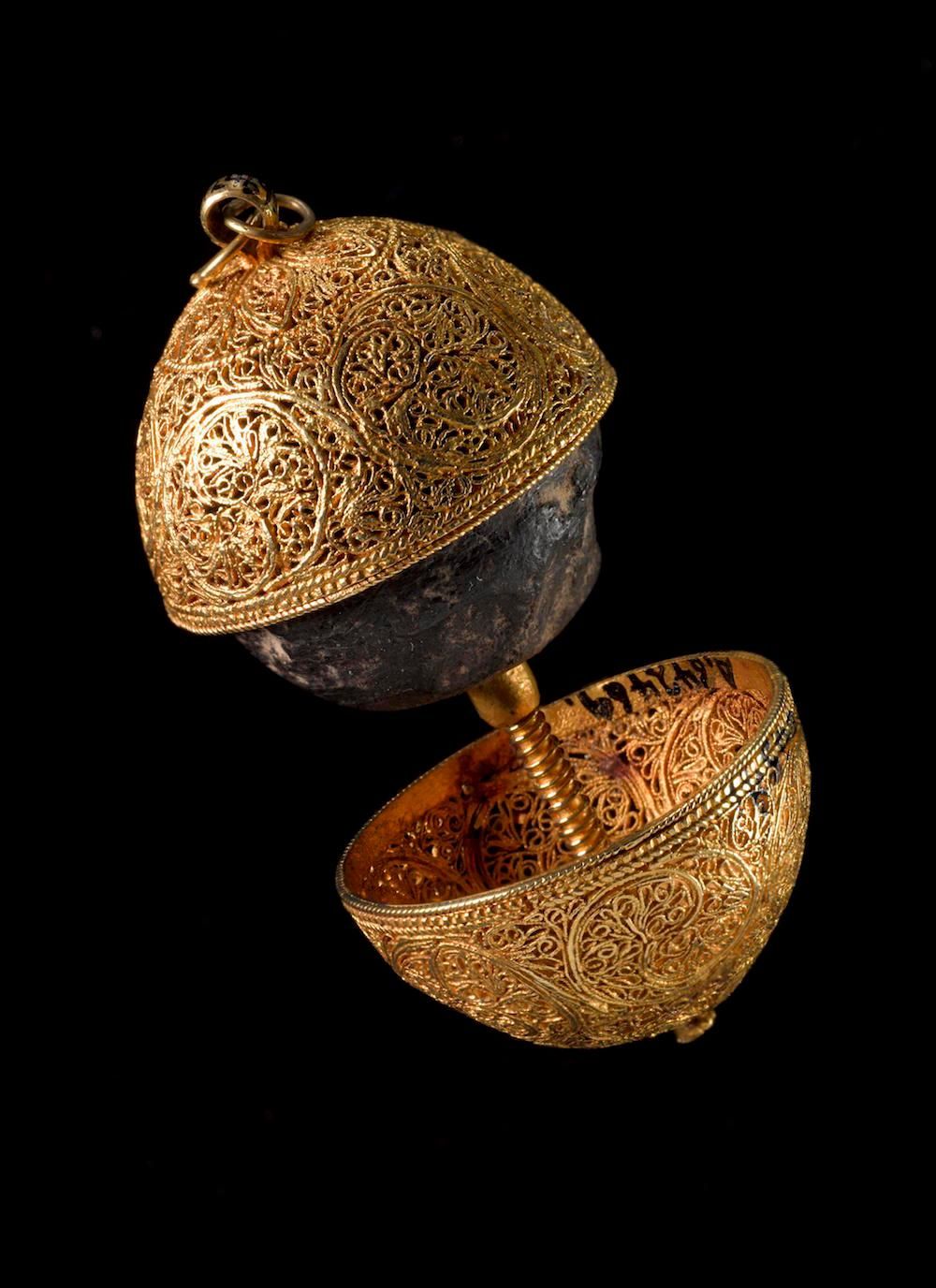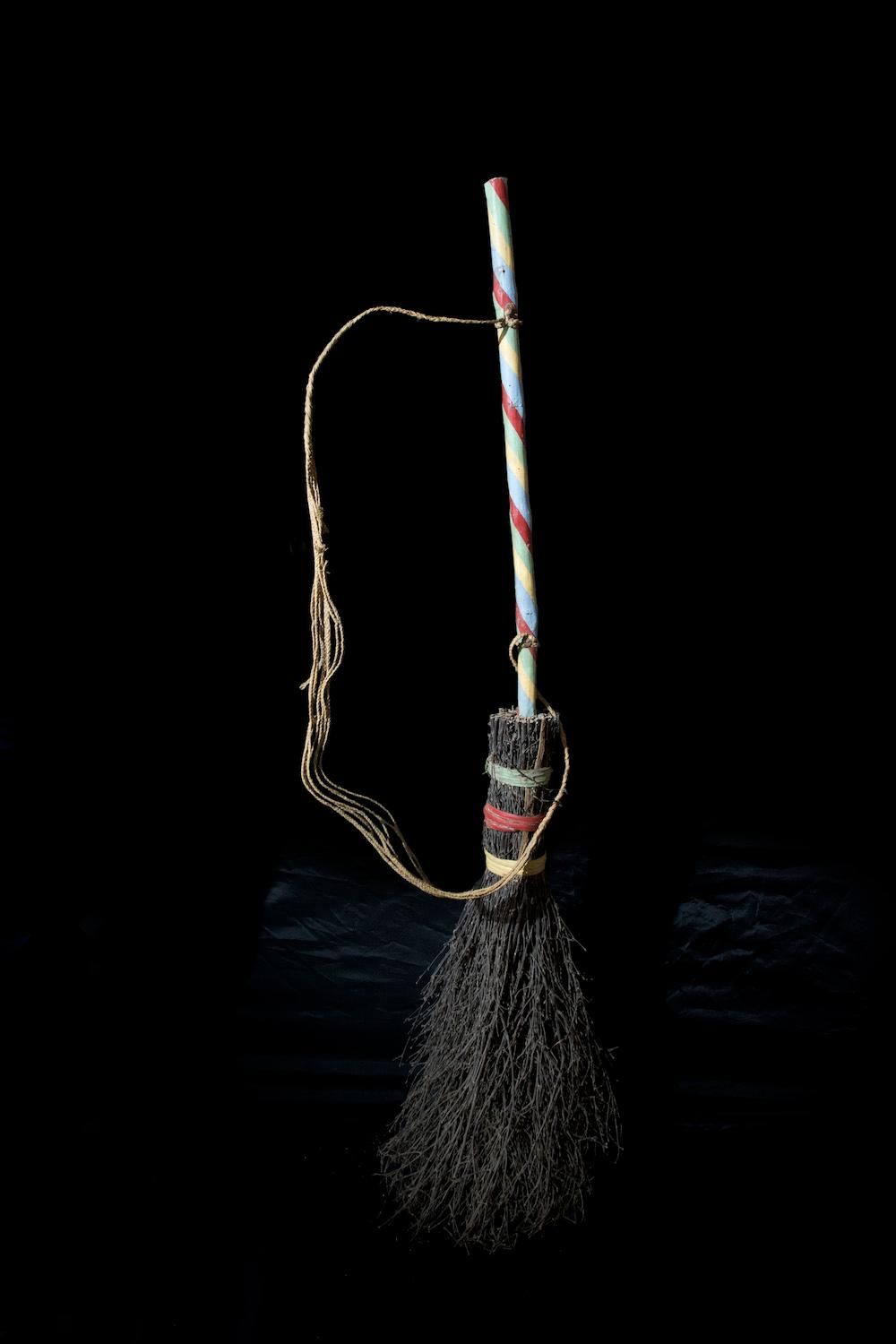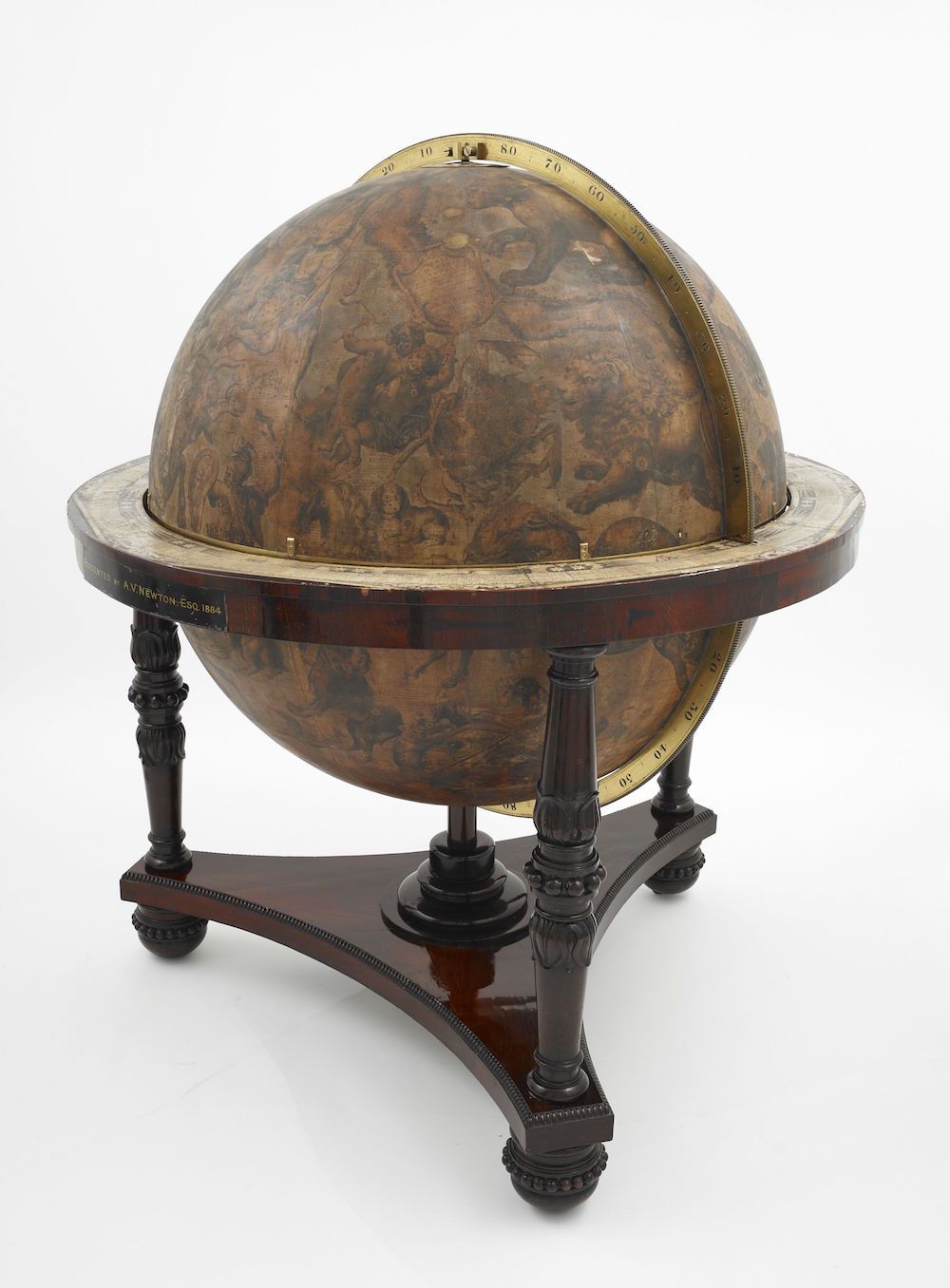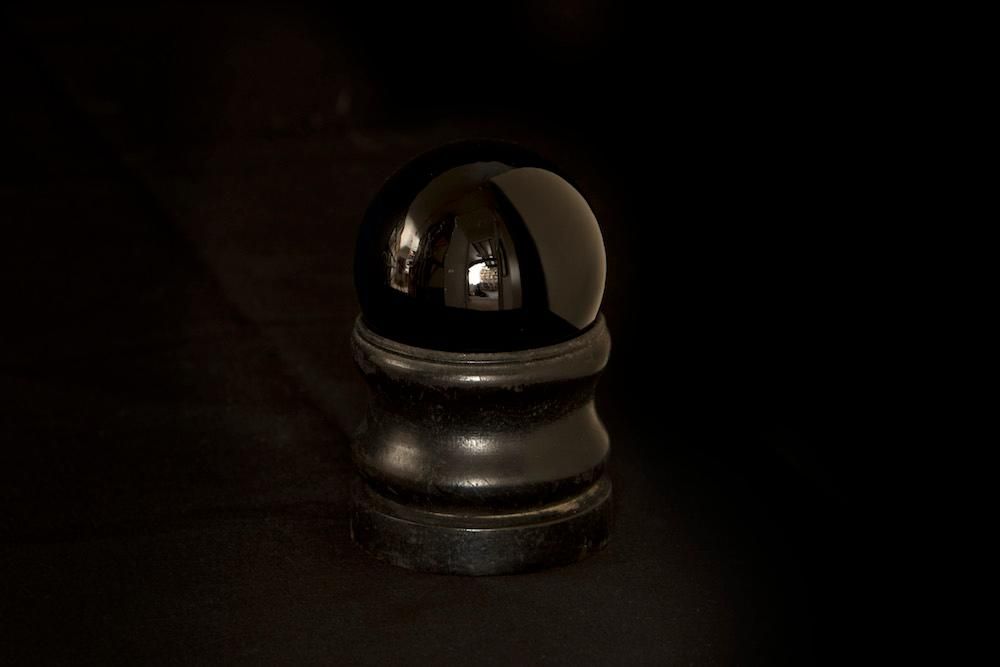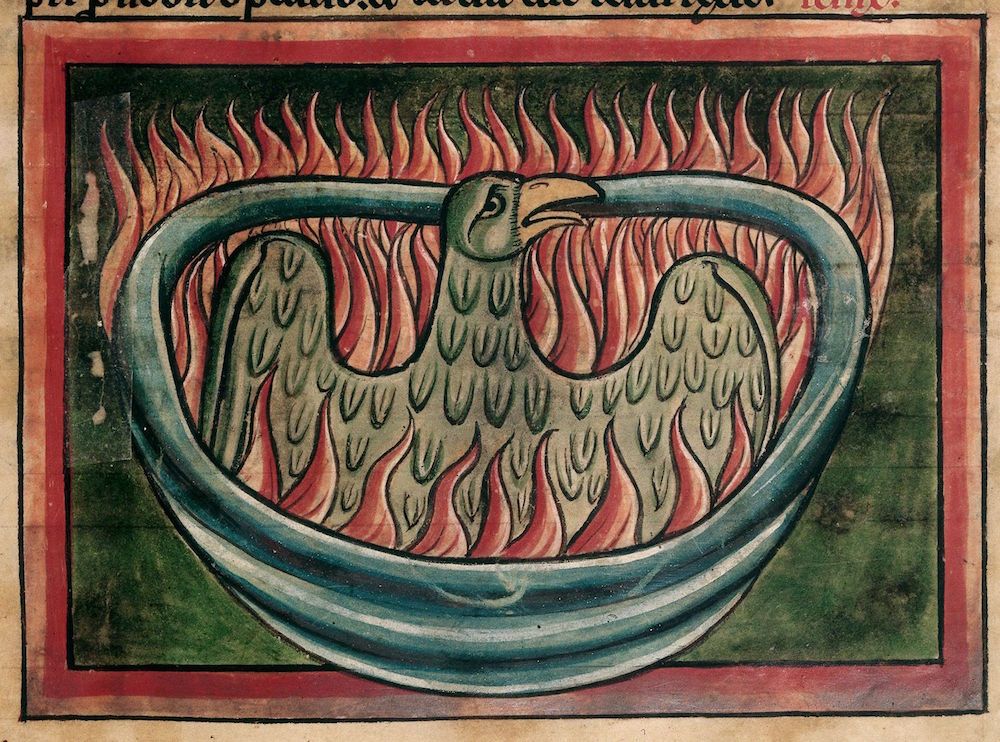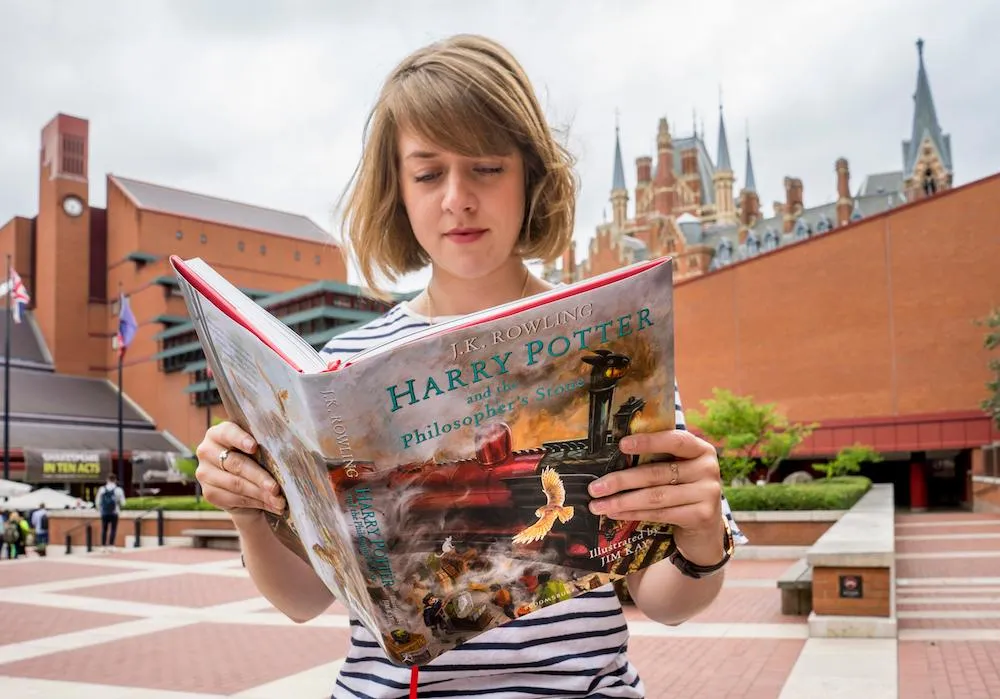Rare Magical Manuscripts Go on Display at the British Library
The exhibition, which will also travel to New York, explores the history of magic to mark the 20th anniversary of Harry Potter
/https://tf-cmsv2-smithsonianmag-media.s3.amazonaws.com/filer/e6/a0/e6a07d75-4273-4473-822e-ce762c2aaf1b/harry-potter-detail-phoenix.jpg)
Do you believe in magic? If not, “Harry Potter: A History of Magic,” the latest exhibition at the British Library in London, might very well make you a believer.
Opened last month, the exhibition contains a collection of original manuscripts and illustrations from the popular Harry Potter series of novels by British author J.K. Rowling, along with historical objects and rare books related to magical traditions and folklore found throughout human history.
The exhibition comes on the heels of the 20th anniversary of the release of “Harry Potter and the Sorcerer’s Stone,” the first novel in Rowling’s popular book series about a young wizard and his studies at the Hogwarts School of Witchcraft and Wizardry.
The immersive exhibition, which runs now through February (and will travel to the New-York Historical Society in October 2018), is broken down by subject matter similar to what Harry Potter and his classmates studied at fictional Hogwarts, including “Potions,” “Defense Against the Dark Arts” and “Divination,” and taps into the British Library’s extensive 200-million-item collection where it’s paired alongside borrowed pieces from other institutions from around the world, like the British Museum and the Musée de Cluny in Paris.
“Visitors can expect to see weird and wonderful things, from crystal balls that belonged to witches, to old manuscripts that tell you how to become invisible, to beautiful images of unicorns and phoenixes,” Tanya Kirk, a curator at the British Library, tells Smithsonian.com. “Running through the whole exhibition are items from J.K. Rowling’s own archive; it’ll be really exciting for fans to see things like deleted scenes in their original manuscript form, and one of the earliest maps of Hogwarts.”
In addition to newer pieces—such as never-before-seen detailed diagrams and character drawings sketched by Rowling and Jim Kay, the illustrator for the Harry Potter series—the exhibition contains the oldest dateable items in the British Library’s collection: Chinese Oracle bones that accurately record the lunar eclipse that occurred on December 27, 1192.
“It can be dated precisely to sometime between 9:30 and 11:45 in the evening,” Alexander Lock, a curator at the British Library, tells Smithsonian.com. “It’s amazing that something so old could have survived for so long.”
Perhaps one of the most compelling aspects of the exhibition is learning about the history of magic and its consistency throughout human history. This can be seen in artifacts such as the earliest written record of the word “abracadabra,” popularized by magicians over the years but originally used as a charm to cure malaria; a black moon crystal ball used by “Smelly Nelly,” a Paignton witch from the 20th century; the copper alloy Battersea Cauldron found in the River Thames and dating back to sometimes between 800 and 600 B.C.; and the Ripley Scroll, a 6-meter-long alchemical manuscript that describes how to make the Philosopher’s Stone, which dates back to the 1500s. (Incidentally, the UK version of “Harry Potter and the Sorcerer’s Stone” was titled “Harry Potter and the Philosopher’s Stone.”)
The exhibition also takes on a more light-hearted tone that Potter fans will appreciate, which can be seen in the empty display case containing the protagonist's invisibility cloak.
Visitors will also have the chance to have their fortunes read via a set of digital tarot cards, and can interact with a Celestial globe dating to 1693—created by Vincent Coronelli and brought to life using augmented reality technology in collaboration with Google Arts & Culture, which visitors can virtually spin to explore ancient constellations.
“It shows the constellations in the night sky, as they would [have been] seen from earth,” Joanna Norledge, a curator at the British Library, tells Smithsonian.com “The constellations are beautifully illustrated and you can see the various animals and characters from mythology that are represented in the constellations; for example, the hunter Orion or the serpent-bearer Ophiuchus who can be seen entwined with a large snake, or you can see Sagittarius, a centaur with his bow and arrow. I am endlessly fascinated by the fact that humans have always marveled at the stars, charted them and told stories about them, and I think that those far away stars that inspire such curiosity in us are, quite simply, magical.”
